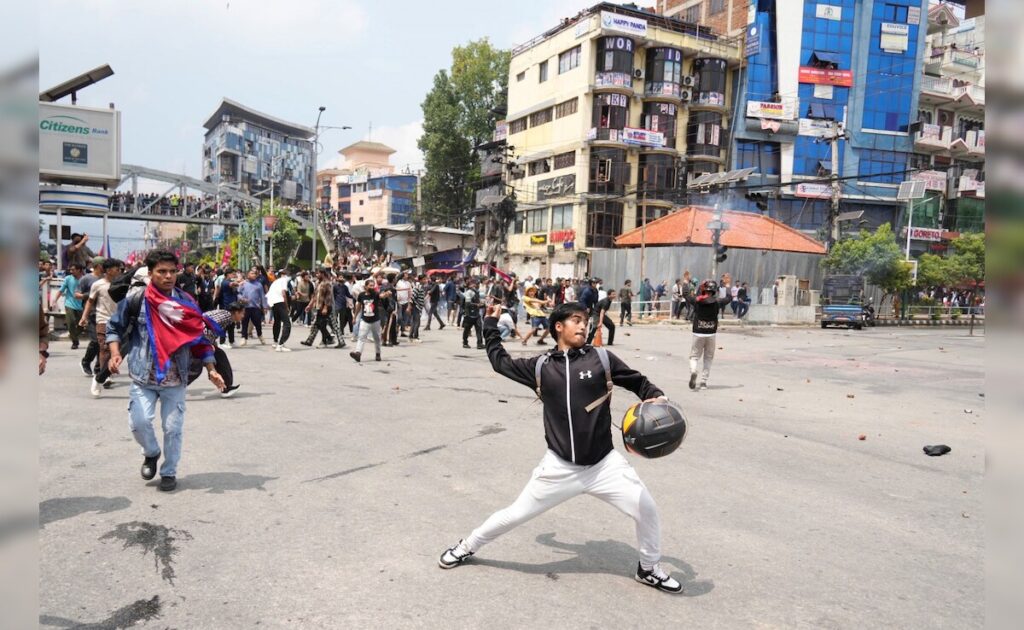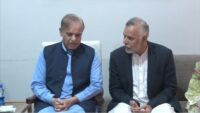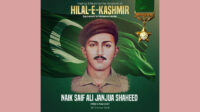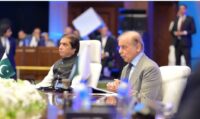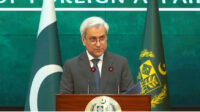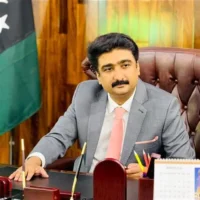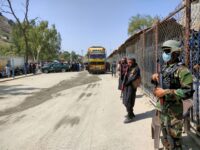At least fourteen people, including a 12-year-old, were killed and more than a hundred were injured in violent clashes in Nepal’s Kathmandu as Gen-Z protestors took to the streets to protest against corruption and the government’s ban on several media apps. The army was deployed in the Nepali capital after angry protesters broke curfew restrictions and entered restricted zones near Parliament.
Amid the protests, the government is likely to lift the ban on these social media apps, said sources.
Police responded with water cannons, teargas, and rubber bullets after demonstrators threw tree branches and water bottles and shouted anti-government slogans. Some protesters even managed to enter the Parliament compound, intensifying the situation, according to a report by The Kathmandu Post.
In response to the unrest, the Kathmandu District Administration Office extended the curfew– initially imposed in the capital’s Baneshwar area. The new restrictions now include several high-security zones, such as the President’s residence (Shital Niwas), the Vice-President’s residence in Lainchaur, Maharajgunj, all sides of Singha Durbar, the Prime Minister’s residence in Baluwatar, and adjacent areas.
According to Chief District Officer Chhabilal Rijal, the curfew will remain in effect from 12:30 PM to 10:00 PM (local time). The public has been strictly prohibited from movement, gatherings, protests, or encirclement activities within these zones.
Two people were reportedly injured due to the rubber bullet fired by police to control the crowd. In Kathmandu, Kantipur Television journalist Shyam Shrestha was hit by a rubber bullet while covering the demonstrations in Baneshwar. He is currently receiving treatment at Civil Hospital. Meanwhile, another person was injured in Damak, the hometown of Nepal’s Prime Minister KP Sharma Oli, after protests turned violent.
Protests have also spread in different parts of the country. In Pokhara, local authorities have imposed a curfew, where demonstrators reportedly damaged the Chief Minister’s office. Nepal Prime Minister KP Oli has called an emergency cabinet meeting over the matter.
In Nepal, several social media sites, including Facebook, YouTube, and X, have been inaccessible since Friday after the government blocked 26 unregistered platforms, leaving users angry and confused. Popular platforms, such as Instagram and Snapchat, have millions of users in Nepal who rely on them for entertainment, news, and business.
